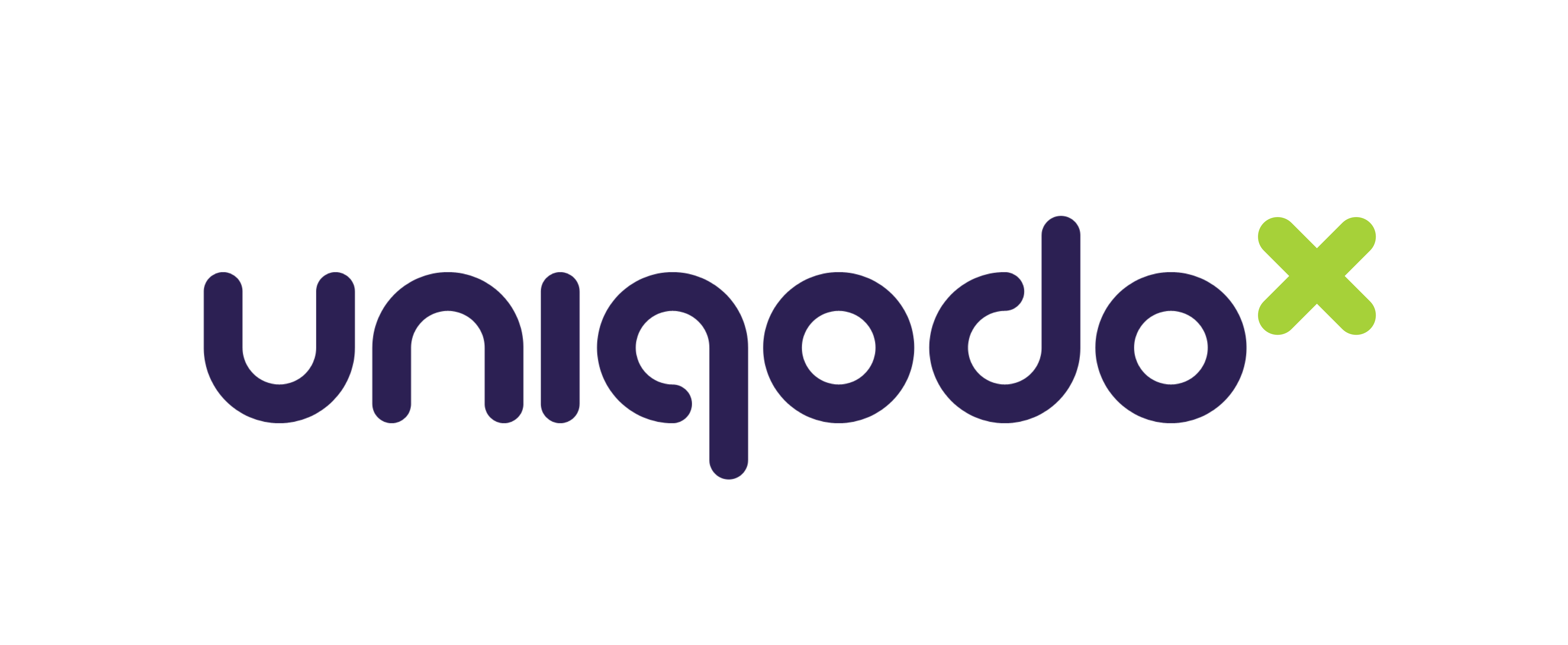“Search” is changing. And eCommerce will change next.
Nearly 50% of all web searches are now done by voice, and this isn’t limited to asking Siri about the weather. In fact, 49% of mobile searches for retail products are already done by voice. There are 12.6 million smart speakers in UK homes (that’s 1 in 4 households) — and that number is projected to double to 50% by 2021. What’s more, almost everyone owns a voice-enabled smartphone. The infrastructure is already in place for an overnight paradigm shift in consumer behaviour.
What does voice search mean for digital marketing strategies? And what does it mean for eCommerce specifically? To be honest, quite a lot. If it isn’t already, voice optimisation could become the mobile optimisation of the 2020s.
But turning voice search into profitable “voice commerce” strategies is easier said than done. Customer behaviour is hard to predict, and different industries are better suited to this new channel than others.
Here, we’re going to explore the idiosyncrasies of this market and look at how voice-driven promotional marketing strategies present a significant opportunity for retailers. Let’s get started!
What is voice commerce?
Voice commerce describes online transactions undertaken with the assistance of voice search and voice commands. A standard eCommerce transaction started with voice search and finished using traditional inputs (either on a phone or computer) would still qualify. But the more specific definition speaks to transactions solely undertaken with voice — generally though a smart speaker.
What makes voice commerce unique?
Voice commerce is defined by the strengths and limitations of voice commands. Voice search is about 4x faster than typing, but listening to returned results can be upwards of 10x slower. Although this is not entirely reflective of how voice search on a phone or desktop operates, it is indicative of a trend — voice search simplifies making a query, but complicates product comparisons and in-depth research.
It’s also important to note that the use of smart speakers is on the rise. And the ability to tap into these hand-free interactions is where the real disruptive value lies. Voice commerce undertaken in this way is what we want to focus on — both an opportunity and a challenge for retailers, and eCommerce brands of all kinds.
Where voice commerce is easy, and where it’s hard
Voice commerce doesn’t work well for product comparisons. If customers care about the specifics of the product they are going to buy, they likely aren’t going to make that purchase through a smart speaker.
For example, a USB cable or printer paper — no one particularly cares which brand they get. They just want it quickly and they want it cheaply. But a computer, or a pair of jeans — that’s a different story. There, branding, specifics, aesthetics and cost all come into play.
This divide between quick and easy, and thought-out purchases, divides the types of products that are currently set up to succeed in voice commerce. But are there opportunities for a broader view of success?
The common denominator: Being first
For all kinds of products, the difficulty of comparing results (or even listening to more than one result) elevates the already critical importance of being first. If you want to succeed with voice commerce, you need strategies to help elevate your product to the top spot. And if we want to think creatively about new ways to use voice search for the benefit of complicated retail purchases (that don’t align with standard voice commerce trends), it makes sense to start with this ranking problem.
⇒ Ready to be the first to capitalise on voice commerce? Let's talk.
Introducing Voice Vouchers
Promotional marketing provides an interesting inroad to voice commerce that we think could be transformative. Voice Vouchers is a company that is doing just that with their product “Send Me a Voucher”. Powered by the Uniqodo Promotions Engine, Voice Vouchers will issue unique codes as promotions you can personalise based on pre-set controls — allowing you to seamlessly integrate voice-driven opportunities into your overarching promotional marketing and eCommerce strategy.
Voice Voucher campaign options
Voice Voucher campaigns divide along three different levels. These are:
-
Standard: Enabling a brand search for vouchers — e.g. “Alexa, ask: send me a voucher for (insert company name)”.
-
Enhanced: Includes branded images and sounds.
-
Owned: Advanced campaigns that cover bespoke promotional criteria and category ownership.
Category ownership is where more interesting possibilities open up. For example, someone could ask “Alexa, send me a voucher for pizza/flights/headphones — really anything someone might purchase.
What category voucher searches (and even company-specific voucher requests) deliver is the possibility for a whole new subchannel within voice commerce. What’s more, this option is particularly relevant to brands that otherwise struggle with the voice interface.
But to understand this in more detail, we need to first back up.
Voice Skills and new channels
Voice Skills (“Amazon Skills” and “Google Actions”) are capabilities delivered by a voice-triggered app. For example, “Spotify connect” or “lookup” — voice skills basically cover anything you can ask a computer to do with a voice command.
Building a bespoke brand “Skill” is costly, and without the right approach to user needs, they can come off as gimmicky. Most voice skills go underused, but a few come to dominate how people search for goods and services. Some even become the main regular touchpoint between consumers and brands. Creating a new user behaviour requires a scalable experience — which is why Voice Vouchers is such an interesting way for brands to enter the voice channel.
Consumers already associate eCommerce with promotions — 75% of consumers actually expect promotional offerings and 93% of shoppers used a promo code in 2019.
Voice Vouchers allow these shoppers to find promotions for products that they already want using simple voice commands. But what if this gets turned on its head?
Voucher-first purchasing: Where Voice Vouchers are transformative
Where Voice Vouchers are poised to disrupt retail voice search (as a whole) is by becoming a highly used voice skill in their own right.
About 66% of shoppers admit to making an unplanned purchase solely because they found a deal. Voice Voucher’s true transformative potential comes from tapping into this urge and providing consumers with a straight line to that promotion.
The challenge of reviewing options through voice commands makes “voucher-first” purchasing all the more suited to the idiosyncrasies of the channel. Voice Vouchers will become a first-contact search point — allowing shoppers to search for promotions and then make their purchasing decisions based on the deals available.
Future-focused tactical options
In addition to a possible paradigm shift, Voice Vouchers offer a number of tactical options that could become powerful market tools and opportunities. That are two standout choices worth quickly covering:
1. Connect with hands-free shoppers: More than half of Millennials always search for a promotion before making a purchase online, and 40% of Baby Boomers do the same thing. Voice Vouchers primarily make it easier for shoppers to find those deals while shopping with voice commands.
Fundamentally, Voice Vouchers align a “promotion-seeking” trend with voice search. This transforms a moment of friction within the voice retail experience into a moment of ease. It’s a win-win scenario that may increase the adoption of voice search in retail and will allow your brand to stand out.
2. Overlay Voice Vouchers with TV integrated voice skills: Smart devices (and IoT) present the opportunity to create multi-layered marketing experiences. For example, you can create TV ads which prompt watchers to ask for a voucher. That redemption can even be done through the TV — if it’s a smart TV. And then there is the possibility of using TV ads to trigger voice activation from a smart speaker.
Interplay between smart speakers and TV ads has become a controversial topic. But it does present a compelling opportunity to capture purchasing intent at key moments. Ultimately, if you’re offering the consumer value (and money off), they’re going to be more receptive to the action.
A strategic shift in promotional marketing outcomes
Tactically, Voice Vouchers are a powerful way to connect with shoppers in moments that would otherwise be challenging to reach. Strategically, Voice Vouchers might pioneer a new eCommerce channel.
What’s interesting is the continued blurring of lines between “promotional marketing” and “marketing”. Similar to the blurring of lines between short-term and long-term strategy within modern brand building, powerful outcomes can be achieved at a new intersection. Specific to promotional campaigns, customer expectations and the flexibility of online channels have made this synergy an ongoing digital trend. Fundamentally, if promotional marketing even plays a minor role in the expansion of voice search within online retail, that’s a strategic shift worth noting.
Deploying personalisation in the digital-first economy
Promotions are critical to digital-first sales strategies. Flexibility and personalisation empower promotional campaigns and create direct ties between promotions and specific business objectives. What’s more, single-use codes and reporting mechanisms allow brands to prevent policy abuse and control promotional marketing budgets, avoiding margin erosion and driving growth.
Voice Vouchers offer one more unique layer of customisation. But to do this effectively, it should sit within a broader promotional marketing strategy and system. Building that interface is key. It’s up to you to build a competitive niche within retail voice search — let Voice Vouchers help.



Subscribe to the Blog